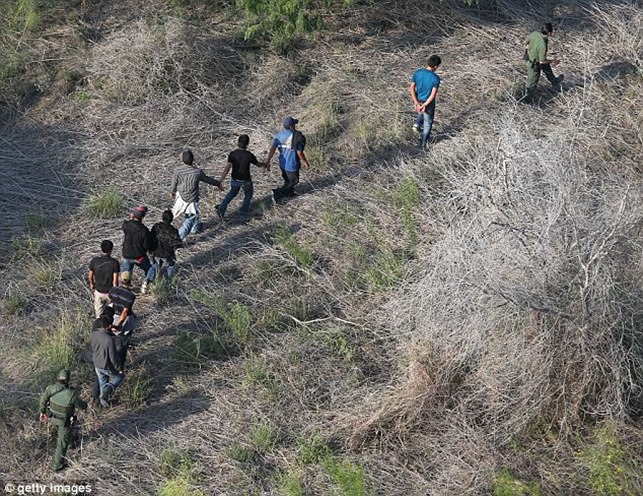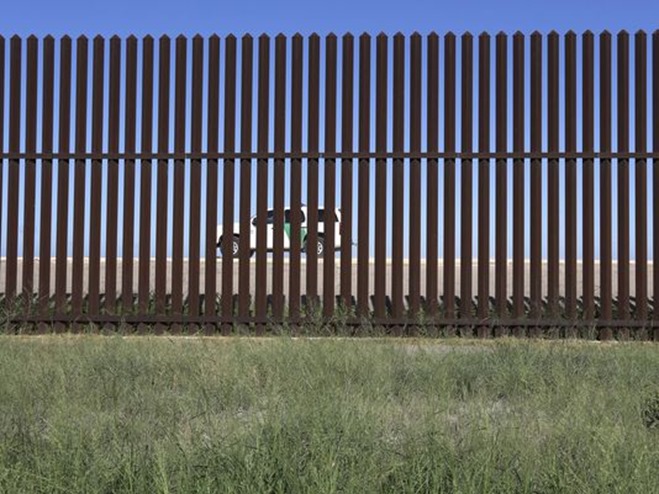USA Today
May 12, 2014

ALONG THE MEXICAN BORDER IN SOUTH TEXAS – The drive between Brownsville and McAllen on U.S. Highway 281 is a pastoral stretch studded with cornfields, palm groves, taquerias and small, well-kept homes.
The border with Mexico sits a stone’s throw away. Every dozen yards or so, the massive rust-colored border fence emerges from a cornfield and winds its way toward the highway. It’s an imposing sight: an 18-foot-high steel-and-concrete structure stretching for miles and seemingly impenetrable.
But the barricade belies the rising influx of humans and drugs passing through the Rio Grande Valley each day. Smugglers in recent years have shifted their efforts away from Arizona to this stretch of land in South Texas. Last fiscal year, Border Patrol agents in the Rio Grande Valley sector apprehended 154,453 immigrants attempting to cross over, up from 97,762 the previous year, just as Tucson sector arrests steadily plummeted. It was the highest number of arrests in the Rio Grande Valley in 15 years.
Border Patrol officials have responded by redirecting more agents and resources to the Valley in an initiative known as the South Texas Campaign. Recently, more than 100 Border Patrol agents were relocated to this area from Arizona and California. Tethered blimps fitted with radar and surveillance gear help agents monitor the border from 1,000 feet in the air. Watchtowers and roving agents populate the surrounding ranches and roadways.

But all the resource shifting and surveillance will only make a relatively small dent in the influx of thousands of immigrants who get through each year – a “whack-a-mole” approach that has worked with varying degrees of success over decades. An interesting development in the Rio Grande Valley is that a large chunk of those apprehended here have been from Central America, not Mexico. And with serious questions being raised about the future of Latin American economies and an improving U.S. economy, that flow from Central America is expected to increase.
The real answer to the immigration dilemma lies not along the 670 miles of U.S. border fence but in the corridors of Capitol Hill. The comprehensive immigration bill addresses, among other things, what to do with the estimated 11 million undocumented immigrants currently in the USA. The Congressional Budget Office estimates that about 8 million of them could obtain legal status if the bill is enacted. Passed last summer by the Senate, the measure remains untouched by the House.

